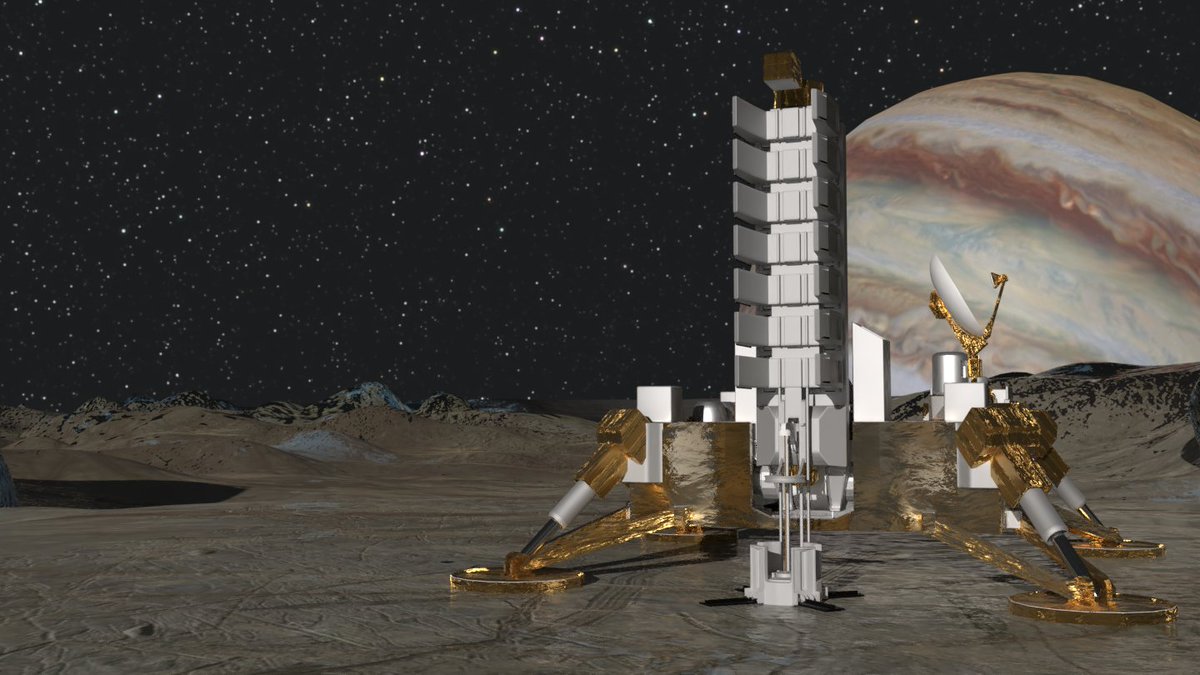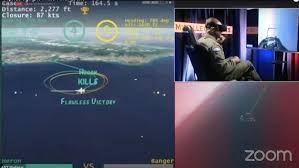
Providing some additional perspective as the sabotage theory continues to spread.
Thread.
@CovertShores @David_Hambling @annapagnacco @saltwatersteve
Thread.
@CovertShores @David_Hambling @annapagnacco @saltwatersteve
https://twitter.com/MailOnline/status/1459464822127538179
Undersea cable breaks happen all.the.time. There are 100 breaks on average during the course of a single year. The main culprits: anchors, trawls, and earthquakes.
blog.telegeography.com/what-happens-w…
blog.telegeography.com/what-happens-w…
Yes, the LoVe observatory is in deep water - hundreds of meters - but the anchor chains of large cargo or tanker vessels can reach that depth. And LoVe's cable - little more than a garden hose - would be no match for a several-tons anchor.
Bottom trawling - weighted nets being dragged along the seabed - is practiced regularly by the Norwegian fishing industry, and is an ongoing source of controversy as it conflicts with Norway's pledge to protect marine ecosystems.
nrk.no/norge/norge-si…
nrk.no/norge/norge-si…
The ongoing risk of bottom trawling to undersea cables has prompted legal activity to protect cables running between Ireland, the UK, and Canada.
irishtimes.com/business/retai…
irishtimes.com/business/retai…
Seismic activity can cause underwater landslides, leading to severed cables.
oceannews.com/news/subsea-ca…
oceannews.com/news/subsea-ca…
A seismic event measuring 2.0 on the richter scale did occur in northern Norway during April, 2021, when contact was lost with the observatory. Likely too far to destabilize the seabed, and evidence would likely have been observed by investigating ROVs.
volcanodiscovery.com/earthquakes/no…
volcanodiscovery.com/earthquakes/no…

Could these causes be used as cover to execute some kind of gray zone operation against Norway? Perhaps. But the article's attempt to connect the cable break with recent events in Ukraine, Belarus falls somewhat flat, given that the cable break occurred seven months ago.
With LoVe's connection to the Norwegian Defence Research Establishment, there is also a theory that Russia would be motivated to cut and steal 4km/9.5 tons(!) of cable in order to collect technical intelligence on Norwegian ASW capabilities.
While Russia would certainly have such an interest, it also has an interest in obscuring what it knows of adversary capabilities, and an operation that involves ripping cables and displacing bottom nodes, leaving a trail of destruction, seems sloppy at best.
And there is a cost/benefit component to any intelligence operation or covert action. While stealing the cable could reveal something about Norwegian ASW methods, would its value justify such a conspicuous approach?
The most likely explanation is that the cable was snagged by an anchor or trawl, with the force of the vessel displacing the bottom nodes before tearing the cable from its connection points. The vessel then continued on its way with the broken cable in tow ...
... until it either fell away, several kms from the scene of the crime, or perhaps it was later discovered and discarded. As for claims that it would have been reported ... would it? There may be legal implications for non-reporting, but if bottom trawling with AIS off, then?
A search of historical AIS data might be revealing. Or not, if the vessel was operating without its transponder. But perhaps #OSINT Twitter would like to have a go.
/end
/end
• • •
Missing some Tweet in this thread? You can try to
force a refresh






